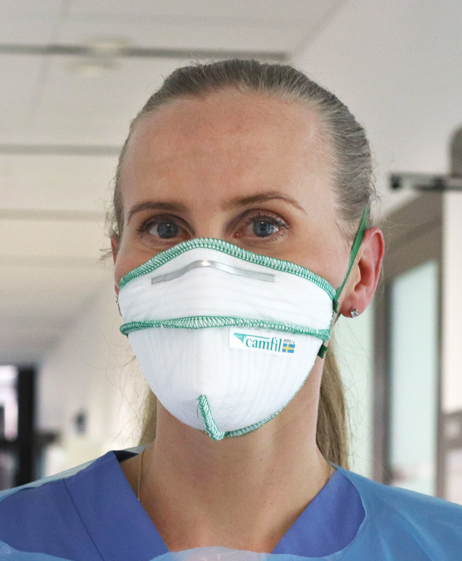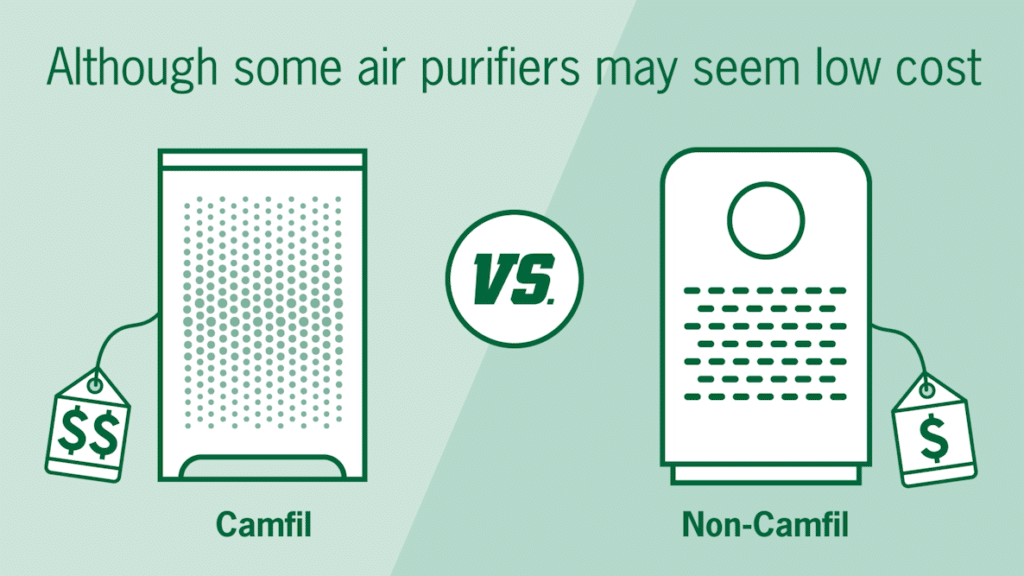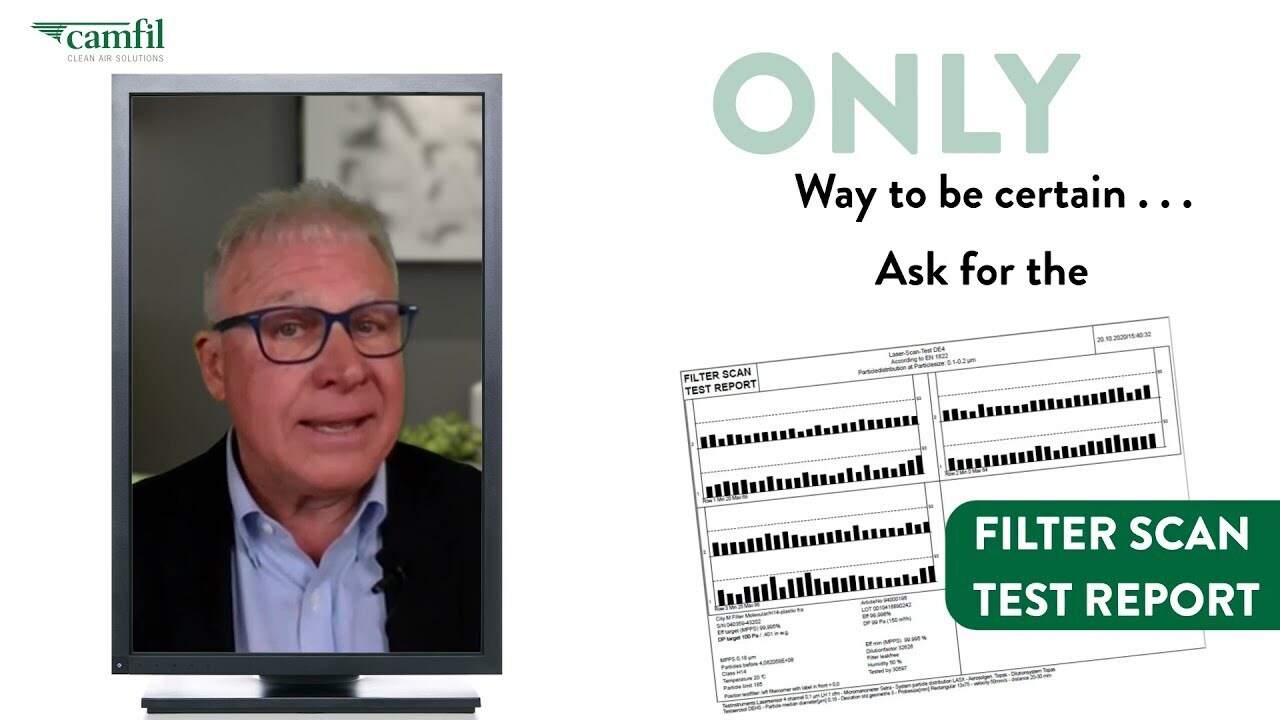The recent United Nations Climate Summit highlighted the importance of air pollution and its effects on human health across the world. But did you know that indoor air can be up to fifty times as polluted as outdoor air in the United States?

Some school districts across the country have prioritized air quality in order to lessen the risk of t students, staff, and faculty contracting COVID-19, which spreads via airborne transmission. However, the importance of breathing clean air in schools extends far beyond the threat of the virus.
Continue reading to find out the effects of air pollution on learning and productivity in schools, as well as practical solutions for protecting students from indoor air pollution.
Why Is Indoor Air More Polluted than Outdoor Air?
There are a variety of factors that cause indoor air to be more polluted than outdoor air. According to air quality experts from Camfil, a global leader in air filtration manufacturing, engineering, and research, these reasons include:
- Poor ventilation. Outdoor air pollution is usually dispersed by the wind, which reduces the concentration of pollutants. In this way, wind acts as a natural form of ventilation in outdoor spaces. However, indoors with inadequately ventilated spaces keep pollutants (both from outdoor and indoor sources) trapped, and the concentration of pollutants continues to increase over time. This is compounded by the fact that many buildings in the seventies were designed to keep outdoor pollution from coming inside, which has the additional effect of keeping all indoor pollution indoors, too.
- Indoor sources of air pollution. In addition to pollution brought in from outdoors, there are airborne pollutants that originate indoors, many of which are unexpected and overlooked. Firstly, air fresheners and cleaning fluids, including bleach, linger in the air long after cleaning takes place. While these chemicals are excellent for sanitation, they decrease air quality and harm the lungs. Secondly, printers and copier machines, which are used frequently in schools, emit high levels of volatile organic compounds (VOCs) because of the amount of ink they use. Thirdly, furniture and furnishings, particularly those that are cheap and mass-produced, also off-gas high levels of VOCs, such as formaldehyde. Furthermore, building occupants themselves are often a significant source of pollution, with large quantities of particulate matter produced in the form of human skin cells, as well as the pollution that naturally results from respiration.
The Link Between Air Quality and Cognitive Function
Students come to school to learn. Teachers optimize classroom layouts, instructional methods, and lesson plans to maximize students’ understanding of the material and new skills. However, the quality of the air that students breathe is an overlooked but important factor in their success. Research has shown a link between air quality and several facets of cognition.
A 2016 study tested the impact of air quality on the cognitive function of office workers. Participants of the study spent six, eight hour workdays in an environmentally-controlled office space, blinded to test conditions. On different days, they were exposed to varying levels of VOCs and CO2, and different ventilation rates.
Researchers tested nine domains of cognitive function:
- Basic Activity Level — the overall ability to make decisions.
- Applied Activity Level — the ability to make decisions oriented to overall goals.
- Focused Activity Level — the ability to focus on the current task or situation.
- Task Orientation — the ability to make decisions that contribute to task completion.
- Crisis Response — the ability to plan, strategize, and stay prepared in emergency situations.
- Information Seeking — the ability to gather necessary information from a variety of available sources.
- Information Usage — the ability to use provided and gathered information to reach goals.
- Breadth of Approach — the ability to consider multiple dimensions in decision-making and use a variety of approaches to achieve goals.
- Strategy — the ability to optimize information and planning to reach well-integrated solutions.
Researchers found that all nine domains of cognitive function tested were improved by higher air quality. On average, cognitive scores were 61% higher on days with higher air quality and 101% higher on days with both higher air quality and better ventilation than on days representative of typical office conditions.
Each of the nine domains tested is important to the development of students as critical thinkers and problem solvers.
Air Quality Solutions for Schools
In addition to ensuring adequate ventilation as per CDC guidelines for protecting students against COVID-19, schools can improve air quality with proper air filtration solutions.
Standalone air cleaners and air purifiers can function independently from the HVAC systems, which means that they can be used in areas of buildings where ventilation is poor or where there is a known source generating high levels of contaminants such as art classes or woodshops. However, many air purifiers you can find online or in retail stores falsely promise to deliver HEPA-level filtration, leading you to spend money on filters with a much lower particle capture efficiency. Be sure to purchase an air purifier with filters labeled as having been tested and certified as a HEPA filter.
Also, air purifiers that include both HEPA filters and molecular filters (sometimes referred to as carbon filters) are particularly valuable as they help control gaseous contaminants (VOCs) which have a negative impact on learning. (Read about Camfil’s City M Air Purifier.)
About Camfil Clean Air Solutions
For more than half a century, Camfil has been helping people breathe cleaner air. As a leading manufacturer of premium clean air solutions, we provide commercial and industrial systems for air filtration and air pollution control that improve worker and equipment productivity, minimize energy use, and benefit human health and the environment. We firmly believe that the best solutions for our customers are the best solutions for our planet, too. That’s why every step of the way – from design to delivery and across the product life cycle – we consider the impact of what we do on people and on the world around us. Through a fresh approach to problem-solving, innovative design, precise process control, and a strong customer focus we aim to conserve more, use less and find better ways – so we can all breathe easier.
The Camfil Group is headquartered in Stockholm, Sweden, and has 33 manufacturing sites, six R&D centers, local sales offices in 30 countries, and about 4,800 employees and growing. We proudly serve and support customers in a wide variety of industries and in communities across the world. To discover how Camfil USA can help you to protect people, processes and the environment, visit us at www.camfil.us/
##
Media Contact:
Lynne Laake
Camfil USA Air Filters
T: 888.599.6620
E: Lynne.Laake@camfil.com
F: Friend Camfil USA on Facebook
T: Follow Camfil USA on Twitter
Y: Watch Camfil Videos on YouTube
L: Follow our LinkedIn Page
Sources:
The post How Does Air Quality Impact Learning and Productivity in Schools? Air Pollution and Productivity Explained appeared first on Air Filters for Clean Air.
from Air Filters for Clean Air

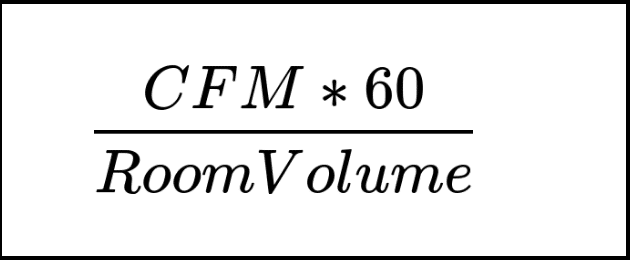

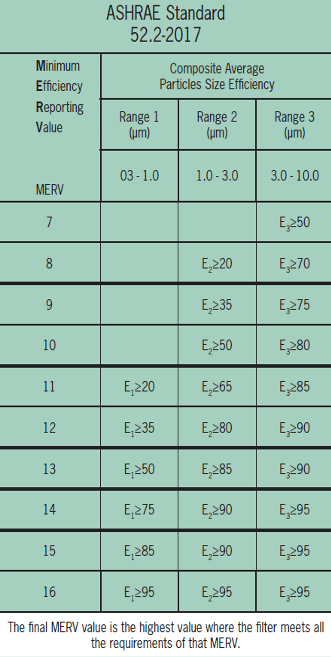 MERV Ratings Explained
MERV Ratings Explained 